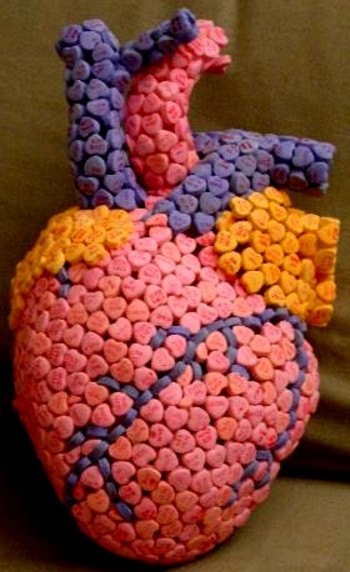We have been hearing and talking about ozone depletion and chlorofluorocarbons (CFCs) since the discovery of ozone hole in May 1985 - the research was published in the journal Nature (
Link). Ozone hole isn't an actual hole - it is the annual thinning of the ozone layer over Antarctica which is caused by stratospheric chlorine. However, a recent study has found that the ozone hole has started to recover and will recover completely between 2050 and 2100.
What causes ozone hole?
The cause of the ozone holes is generally agreed to be CFC (chlorofluorocarbon) compounds which break down due to ultraviolet light and become free radicals containing chlorine high in the Earth's atmosphere. These radicals then break down the ozone catalytically. Ozone destruction due to chlorine radicals from CFCs can take place in the gas phase, but occurs particularly rapidly on the surface of polar stratospheric clouds (PSC), which form over the poles (particularly the south pole) during winter.
Although ozone, O3, is a minority constituent in the earth's atmosphere, it is responsible for most of the main absorption of ultraviolet (UV) radiation in the atmosphere. Correspondingly, a significant decrease in atmospheric ozone could be expected to give rise to significantly increased levels of UV near the surface
Montreal protocol
The Montreal Protocol on Substances that Deplete the Ozone Layer (a protocol to the Vienna Convention for the Protection of the Ozone Layer) is an international treaty designed to protect the ozone layer by phasing out the production of numerous substances believed to be responsible for ozone depletion. The treaty was opened for signature on 16 September 1987, and entered into force on 1 January 1989, followed by a first meeting in Helsinki, May 1989. Since then, it has undergone seven revisions, in 1990 (London), 1991 (Nairobi), 1992 (Copenhagen), 1993 (Bangkok), 1995 (Vienna), 1997 (Montreal), and 1999 (Beijing). It is believed that if the international agreement is adhered to, the ozone layer is expected to recover by 2050. Due to its widespread adoption and implementation it has been hailed as an example of exceptional international co-operation, with Kofi Annan quoted as saying that "perhaps the single most successful international agreement to date has been the Montreal Protocol".
Ozone hole closing, but a slow process
The ozone hole is closing but it is a slow process and predictions are for it to recover between 2050 and 2100, a University of Canterbury expert says. Dr Adrian McDonald (Physics and Astronomy) says climate change in Antarctica really matters to New Zealand because it will cause ice to melt resulting in sea levels to rise.
"But, also the temperature difference between the poles and the equator controls wind patterns over NZ which could potentially mean increased-rainfall on the West Coast or dryer Canterbury Plains. The recent National science challenge aims to identify how climate is changing over Antarctica so that we can understand what our future might be in New Zealand."
Ironically, stratospheric ozone depletion may have indirectly protected Antarctica from the worst of greenhouse gas-related warming. "With the ozone recovery, the future of Antarctic climate is less certain, though the complex interactions in the atmosphere associated with climate change makes this region particularly hard to predict. The future recovery of the Antarctic ozone hole and increases in greenhouse gases will have significant impacts on the circulation in the southern hemisphere."
Dr McDonald said ozone recovery should act to move the winds back towards the equator, but this may be counteracted by greenhouse gas forcings. The jet-stream positions are one of the main things that help control the width of tropical and polar weather belts. "The increasing ozone hole has until now acted to change the circulation of the Southern Hemisphere so that the strong winds linked to the jet streams have moved towards the pole."















